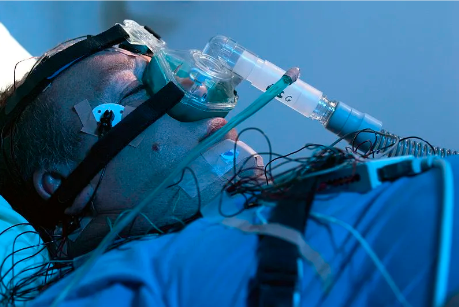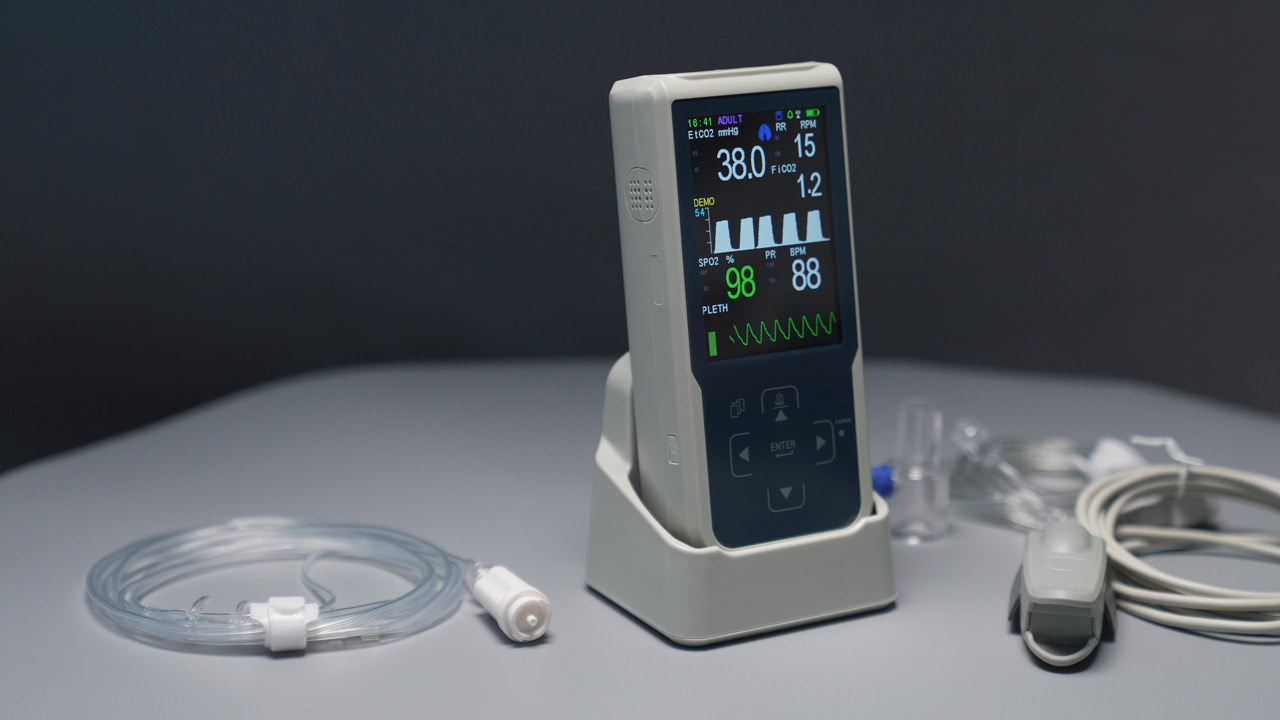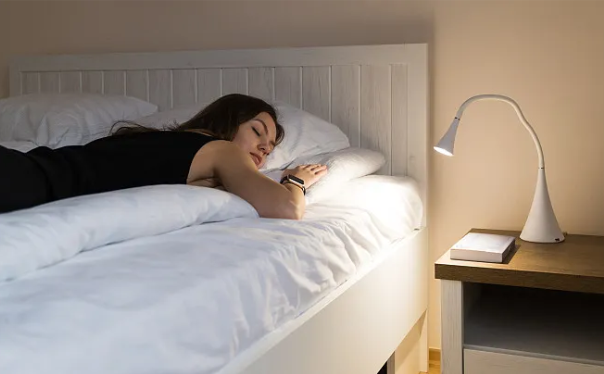The Application of End-Tidal Carbon Dioxide (EtCO2) Monitoring in Sleep Studies
End-tidal carbon dioxide (EtCO2) monitoring has emerged as a valuable tool in the assessment and management of respiratory conditions during sleep. Its application extends beyond traditional uses in critical care and anesthesia, providing significant insights into sleep-related breathing disorders. This article explores the detailed application of EtCO2 monitoring in sleep studies, emphasizing its role in detecting respiratory events, evaluating ventilation efficiency, monitoring CO2 retention, assessing therapeutic interventions, and serving as an early warning system.
1. Detecting Respiratory Events
Sleep Apnea and Hypopnea:
One of the primary applications of EtCO2 monitoring in sleep studies is the detection of sleep apnea and hypopnea events. Sleep apnea is characterized by pauses in breathing, while hypopnea refers to shallow or slow breathing. These events lead to fluctuations in EtCO2 levels. During an apnea event, there is a cessation of airflow, resulting in a decrease or plateau in EtCO2 levels. Similarly, hypopnea events cause partial reductions in airflow, leading to lower than normal EtCO2 levels. Continuous monitoring of EtCO2 allows for the identification of these events, facilitating the diagnosis and assessment of their frequency and severity.
Obstructive vs. Central Sleep Apnea:
EtCO2 monitoring can help differentiate between obstructive sleep apnea (OSA) and central sleep apnea (CSA). In OSA, the upper airway is obstructed, causing a characteristic pattern of declining EtCO2 during apneic events followed by a rapid rise as the airway reopens. In contrast, CSA involves a lack of respiratory effort, leading to a gradual decline in EtCO2 levels without the abrupt changes seen in OSA. This differentiation is crucial for tailoring appropriate therapeutic interventions.

2. Evaluating Ventilation Efficiency
Ventilation Status:
EtCO2 levels provide a continuous assessment of a patient’s ventilation status. During sleep, fluctuations in EtCO2 can indicate periods of hypoventilation (inadequate ventilation) or hyperventilation (excessive ventilation). Hypoventilation is often associated with an increase in EtCO2 levels, signaling that the patient is not effectively expelling CO2. Conversely, hyperventilation results in decreased EtCO2 levels, indicating excessive elimination of CO2. Monitoring these changes helps in identifying underlying respiratory conditions and guiding appropriate interventions.
Impact of Sleep Stages:
Different stages of sleep have varying impacts on ventilation. For instance, during rapid eye movement (REM) sleep, muscle tone decreases, which can affect breathing patterns and lead to hypoventilation. EtCO2 monitoring allows clinicians to correlate changes in ventilation with specific sleep stages, providing a more comprehensive understanding of the patient's respiratory dynamics throughout the sleep cycle.
3. Monitoring CO2 Retention
Chronic Respiratory Conditions:
Patients with chronic respiratory conditions, such as chronic obstructive pulmonary disease (COPD) or neuromuscular disorders, are at risk of CO2 retention, particularly during sleep. EtCO2 monitoring provides real-time data on CO2 levels, enabling the detection of hypercapnia (elevated CO2 levels). This is critical for preventing complications associated with CO2 retention, such as respiratory acidosis and respiratory failure.
Adjusting Ventilatory Support:
In patients requiring ventilatory support, such as those on continuous positive airway pressure (CPAP) or bilevel positive airway pressure (BiPAP) therapy, EtCO2 monitoring helps in adjusting the settings to optimize ventilation. By continuously assessing CO2 levels, clinicians can fine-tune ventilatory support to ensure adequate CO2 elimination without causing hypoventilation or hyperventilation.
4. Assessing Therapeutic Interventions
Efficacy of CPAP and BiPAP:
For patients with sleep-disordered breathing, CPAP and BiPAP are common therapeutic interventions. EtCO2 monitoring plays a crucial role in evaluating the efficacy of these treatments. Effective CPAP or BiPAP therapy should normalize EtCO2 levels by ensuring adequate ventilation during sleep. Persistent abnormalities in EtCO2 levels may indicate the need for adjustments in therapy settings or the exploration of alternative treatment options.

Evaluating Other Interventions:
In addition to positive airway pressure therapies, EtCO2 monitoring is useful in assessing the impact of other interventions, such as supplemental oxygen or pharmacological treatments. By continuously tracking EtCO2 levels, clinicians can determine the effectiveness of these interventions in improving ventilation and reducing CO2 retention during sleep.
5. Serving as an Early Warning System
Real-Time Monitoring:
EtCO2 monitoring provides real-time data on respiratory status, making it an effective early warning system for detecting respiratory distress or failure during sleep. Sudden changes in EtCO2 levels can prompt immediate intervention, potentially preventing serious complications.
Continuous Home Monitoring:
For patients with chronic respiratory conditions or severe sleep apnea, continuous home monitoring of EtCO2 can offer ongoing assessment and early detection of respiratory issues. This continuous monitoring can enhance patient safety by ensuring timely medical intervention when necessary.

Conclusion
End-tidal carbon dioxide monitoring offers a comprehensive and continuous assessment of respiratory status during sleep. Its applications in detecting respiratory events, evaluating ventilation efficiency, monitoring CO2 retention, assessing therapeutic interventions, and serving as an early warning system make it an invaluable tool in sleep studies. By providing real-time data and detailed insights into respiratory dynamics, EtCO2 monitoring enhances the diagnosis, management, and treatment of sleep-related breathing disorders, ultimately improving patient outcomes and quality of life.
